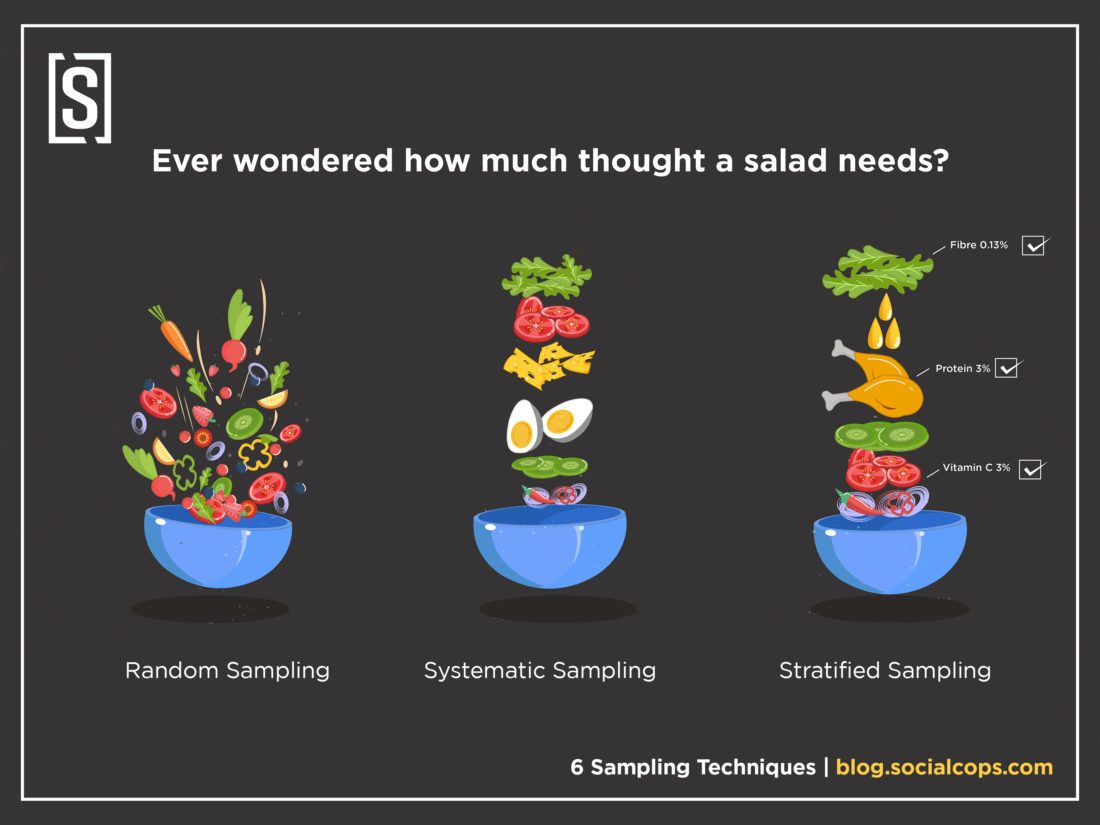Consumer Behavior - Taking a step back II

During our last class, we delved into the intersection of marketing research and consumer behavior, featuring some unexpected guest stars from the world of Greek philosophy - Ontology and Epistemology. We then navigated our way through topics like measurement, statistics, sampling, biases, and even touched on the world of psephology. Let's dive right in.
Ontology serves as the fundamental basis for marketing research - and indeed any research. It revolves around our personal beliefs and assumptions about what constitutes reality. To bring this to life, let's consider an example.
Imagine you and a friend are discussing the standards for your coursework submissions. Your friend, who might double as a grammar vigilante, could argue that perfection means a paper free of any language errors. You, on the other hand, might view a perfect assignment as one that clearly communicates your understanding of the subject matter. Both viewpoints are valid, but they are grounded in your individual ontological positions.
It's crucial to remember that language is subjective. Words like "perfect" can carry different meanings for different people. So when we think about ontology, it's like we're trying to decode these varying interpretations of reality. So when we are involved in performing marketing research, we need to understand that not all of our respondents share the same worldview or ontological reality. Therefore, the responses we receive may be very different for each other.
Epistemology on the other hand asks ‘how do we know what we know’. Put yourself in the shoes of a marketing researcher who wants to explore breakfast eating habits of Indian consumers. You may want to do this for say Kellog’s who is trying to introduce corn flakes into the market. Now, how would you go about performing the research? At the onset, it looks like you can go ahead and run some surveys. On the other hand, you may also choose to use in depth interviews or ethnographic approaches. These discussions shed light on how we assumptions and approached the data generation process, interpretation, and conclusion formation processes. It is these assumptions that shape our choice of methods.
Marketing researchers would need to understand that there is value in both approaches based on the research needs. Typically, qualitative approaches allow us to look very deep into the phenomenon we are studying. They compromise greatly on generalizability. Quantitative approaches on the other hand, provide us with greater generalization capability while not being able to fully understand the phenomenon of interest.
You cannot take a jack hammer to cut down a tree or a kitchen knife to perform surgery. Needless to say, researchers have to pick the right set of tools for the task at hand.
Now, to some serious questions. Why don’t epistemologists and ontologists play hide and seek together?
It’s simple. The epistemologists keeps arguing about whether they can ever truly know if they've found the ontologist while the ontologist keeps debating whether they even exist in the first place to be found!
Now. Let's quickly discuss the ideas of statistical inference, sampling, biases and call it a wrap.
It is somewhat impractical for us to go and ask everyone in the world the same question for us to make inferences. This is why we use statistics. The field of statistics has come a long way and it is able to help us make informed guesses about the entirety of the population from a smaller sample. How small should this sample be, you ask? Different people use different rules of thumb, but whatever the rule they use is, they would agree that "perfect" sample size is a trade-off between precision, confidence, and resources. What’s more important to ask here is not exactly how big should the sample be, but how should it be acquired. This brings us to the question of sampling.
There are broadly two types of sampling procedures that we use - (1) Probability sampling and (2) Non probability sampling. I am going to ask you to open up your text books and read this part one more time. When you read, try and keep in mind that in all probability sampling procedures (Simple Random, Stratified sampling, cluster sampling and systematic sampling) the essence is to ensure that there is some role of probability in selection of constituents into the sample. For example, when using simple random sampling, everyone in the sample has an equal probability of being picked up. In the case of non probability sampling procedures, we are less concerned about representativeness and worry more about cost effectiveness and convenience.

Whenever we choose convenience over representativeness, we tend to end up with biases. Biases can distort the reality we are studying and lead us to completely different conclusions than what is real. Therefore, it is important for researchers to understand and acknowledge these biases. Typically, when we use surveys and simple random sampling, biases are the lowest. When we tilt towards the qualitative methods, we are more prone to bias. While there are some corrective steps that you can do to address this, researchers also report their subjective positions (ontology) at the start of their reports to ensure that the readers of their reports take suitable corrective actions in their minds.
Marketing Research is a fun journey. More recent scholarship suggests that the subject is best thought of as consumer insights and not simply as a mix of methods. In other words, our MM2 course was a stepping stone to what’s going to happen in the CB course. Now that we have covered the basics, we will continue to revisit these questions from time to time.
In the next article, we will speak about Consumer Behavior and one of the classical frameworks used to scientifically understand it. Have a great day ahead!



